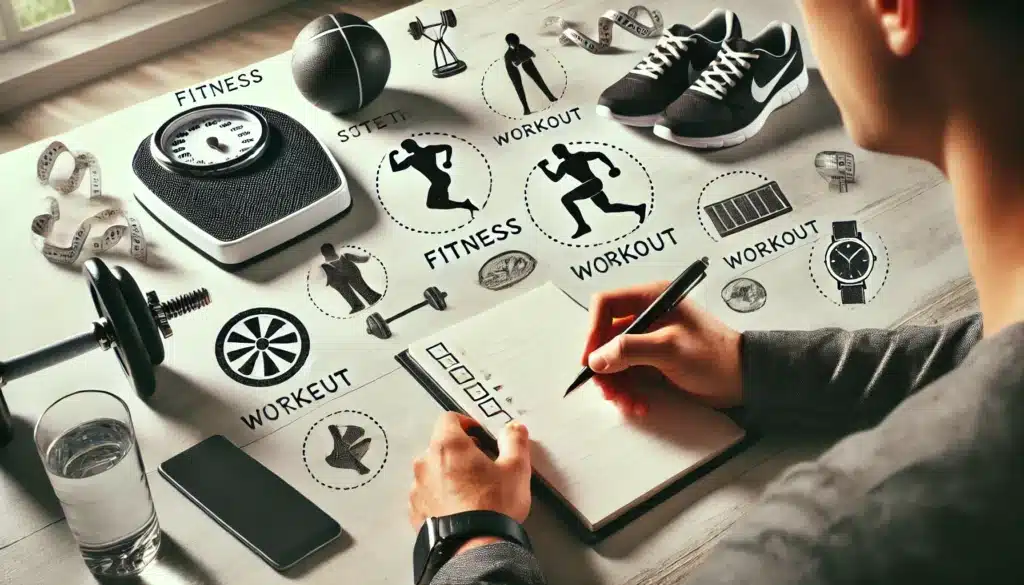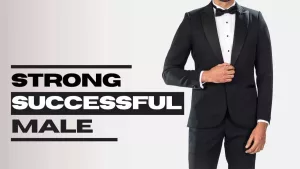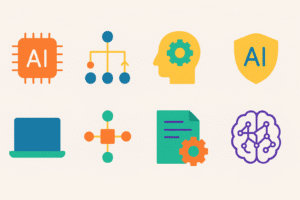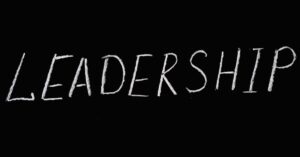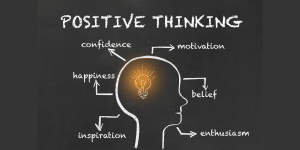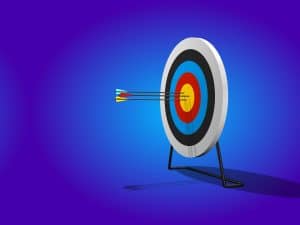Starting a workout routine can be intimidating, but it’s one of the most rewarding habits you can develop for your physical and mental health. Whether your goal is to lose weight, build muscle, or simply feel more energetic, this guide will take you through the essential steps to get started. We’ll cover everything from setting goals to choosing the right equipment, understanding gym memberships, and even tips on staying motivated. Let’s dive in!
1. Setting Your Fitness Goals
Before you jump into any workout routine, it’s crucial to set clear and realistic fitness goals. Your goals will help you choose the right exercises and keep you motivated over the long term.
Types of Fitness Goals:
- Weight Loss: Reducing body fat through cardio and strength training.
- Muscle Gain: Building muscle through resistance training.
- Endurance: Improving cardiovascular health with activities like running, cycling, or swimming.
- Overall Health: Enhancing general fitness, flexibility, and mental well-being.
Tip:
Consider using the SMART goal method: Specific, Measurable, Achievable, Relevant, and Time-bound. For more on setting SMART fitness goals, check out this goal-setting guide.
2. Choosing the Right Workout Routine
There are numerous types of workouts, and it’s important to choose one that aligns with your goals. Here are some popular routines for beginners:
Types of Workouts:
- Cardio: Running, cycling, swimming, and jumping rope are great for heart health.
- Strength Training: Lifting weights or using resistance bands to build muscle.
- Flexibility: Yoga, Pilates, or simple stretching exercises.
- HIIT (High-Intensity Interval Training): Combines short bursts of high-effort exercises with rest, helping with both strength and endurance.
Pro Tip: Beginners should try different types of exercises to find what they enjoy most. Check out this beginner’s workout guide to learn more.
3. Essential Equipment You Might Need
Investing in basic equipment can make your workout more effective, especially if you plan to exercise at home. Here’s a list of affordable essentials:
| Equipment | Purpose | Average Cost |
|---|---|---|
| Dumbbells | Strength training | $20 – $50 per pair |
| Yoga Mat | Stretching, yoga, and floor exercises | $10 – $30 |
| Resistance Bands | Strength training and flexibility | $10 – $20 |
| Jump Rope | Cardio workouts | $5 – $15 |
For a detailed guide on choosing the right equipment, check out this fitness equipment buying guide.
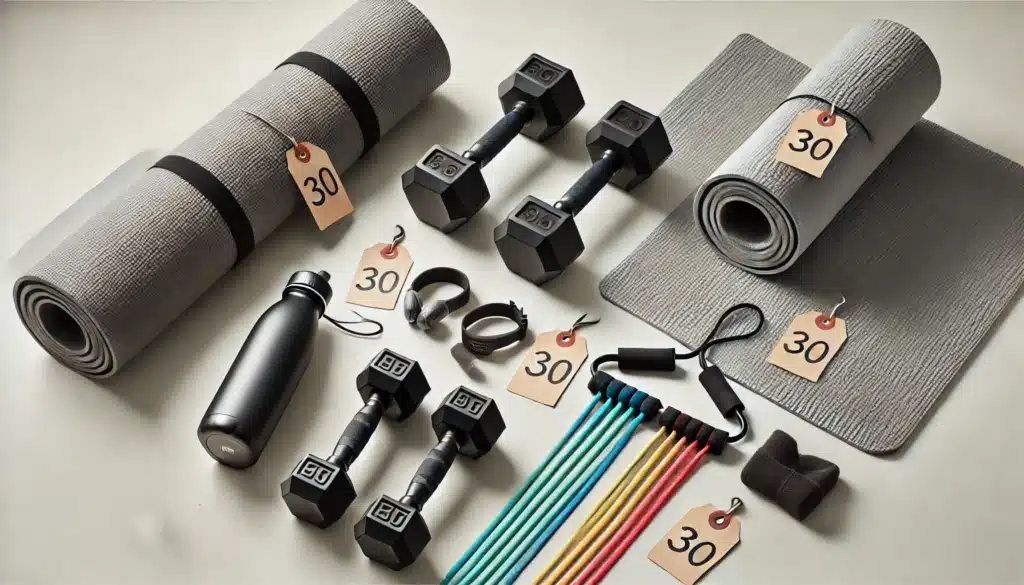
4. Understanding Gym Memberships and Costs
When starting out, you might wonder whether to join a gym or work out at home. Here are some factors to consider:
Gym Memberships:
- Low-Cost Gyms: Basic gyms (like Planet Fitness or Anytime Fitness) typically cost $10 – $30 per month.
- Premium Gyms: Facilities like Equinox or Life Time Fitness offer more amenities but can range from $80 – $200 per month.
- Online Fitness Subscriptions: Apps like Peloton, Beachbody, or Aaptiv cost between $10 – $30 per month and provide guided workouts you can do at home.
Pros of Gym Memberships: Access to a variety of equipment, group classes, and personal trainers.
Pros of Home Workouts: Convenience, cost-saving, and privacy.
For a deeper comparison, visit this guide to gym memberships.
5. Building a Workout Schedule
To see progress, consistency is key. Start by planning a workout schedule that fits your lifestyle. Here’s a simple template for beginners:
| Day | Workout Type |
|---|---|
| Monday | Cardio (30 mins) |
| Tuesday | Strength Training (45 mins) |
| Wednesday | Rest |
| Thursday | Cardio (30 mins) |
| Friday | Strength Training (45 mins) |
| Saturday | Flexibility (Yoga or Stretching) |
| Sunday | Rest |
Tip: Adjust the duration and intensity as you progress. Need help planning your schedule? Check out this free workout planner.
6. Nutrition: Fueling Your Workout
Your diet plays a huge role in your fitness journey. Eating a balanced diet can boost your performance, aid recovery, and help you achieve your goals faster.
Basic Nutrition Tips:
- Hydrate: Drink plenty of water throughout the day.
- Balanced Diet: Include protein (chicken, fish, tofu), carbs (whole grains, fruits, vegetables), and healthy fats (avocado, nuts, olive oil).
- Pre-Workout Snacks: A banana, Greek yogurt, or a small smoothie can provide quick energy.
Cost Consideration: Depending on your location, a balanced diet may cost around $50 – $100 per week. Explore this nutrition guide for more details.
7. Monitoring Progress and Staying Motivated
Tracking your progress will keep you motivated and help you make necessary adjustments to your routine. Here’s how:
Tips to Track Progress:
- Use a Fitness App: Apps like MyFitnessPal or Fitbit can track workouts, meals, and progress.
- Keep a Workout Journal: Record your workouts, weights lifted, and how you felt.
- Celebrate Small Wins: Reaching small milestones can boost motivation and confidence.
Pro Tip: Join a fitness community online or find a workout buddy for extra accountability. For motivation, check out this article on staying fit.
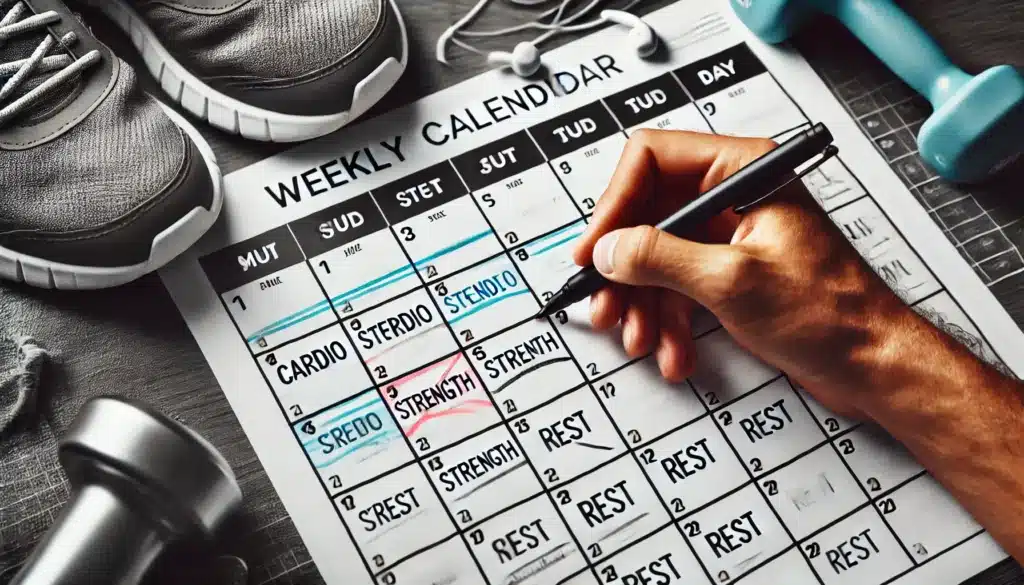
Conclusion
Starting a workout routine doesn’t have to be complicated. With clear goals, the right equipment, and a realistic plan, you’ll be on your way to a healthier, stronger you. Remember to start at your own pace and gradually increase your intensity. If you’re unsure where to begin, explore the resources mentioned in this guide, and don’t hesitate to ask for help from fitness experts.
Are you ready to start your fitness journey? Check out our other fitness articles for more tips and advice.
